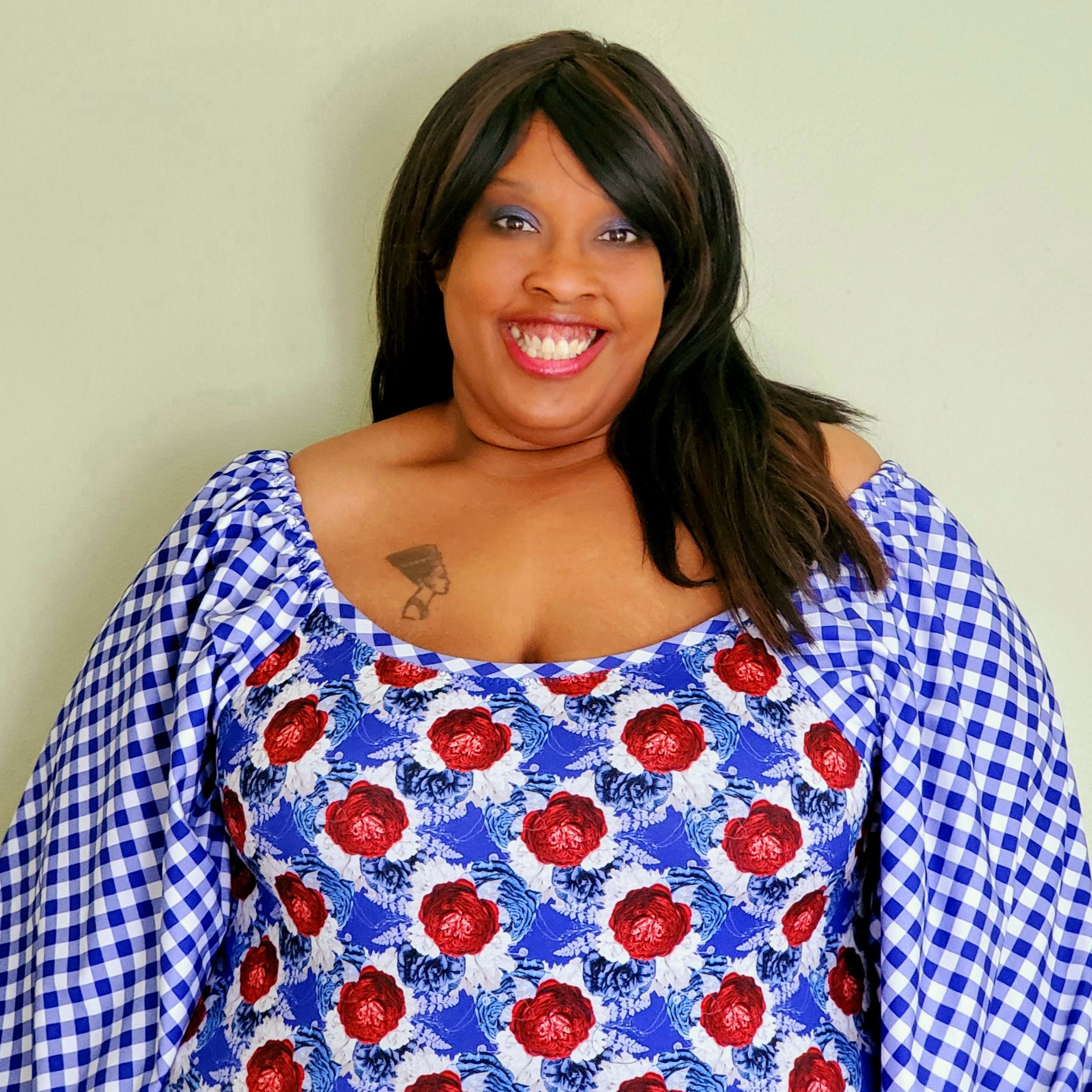Designs by TAOSH Contact Information
Etsy shop to purchase illusion fabrics
Also mentioned in the podcast
The Sax Dinner Theater in Washington DC
Lisa's affinity for/as a "regular black girl" as Tressie McMillan Cottom describes in her award-winning book THICK (Hey, Friend, Hey!)
Support Stitch Please and the Black Women Stitch Project
Sign up for the Black Women Stitch quarterly newsletter
Check out our merch here
Leave a BACKSTITCH message and tell us about your favorite episode.
Join the Black Women Stitch Patreon
Check out our Amazon Store
Stay Connected:
YouTube: Black Women Stitch
Instagram: Black Women Stitch
Facebook: Stitch Please Podcast




